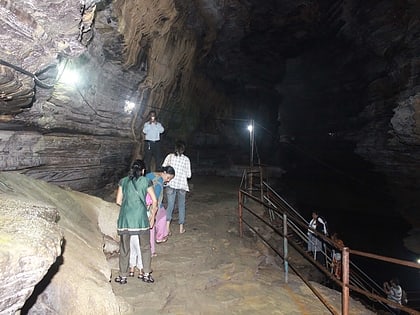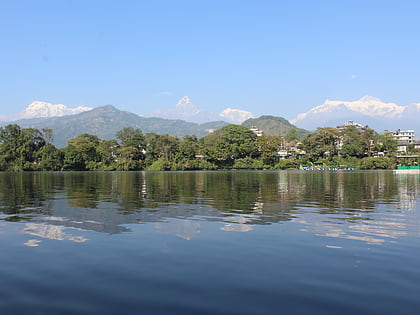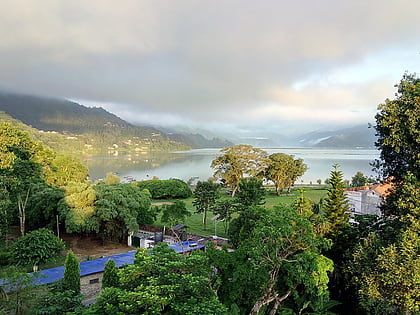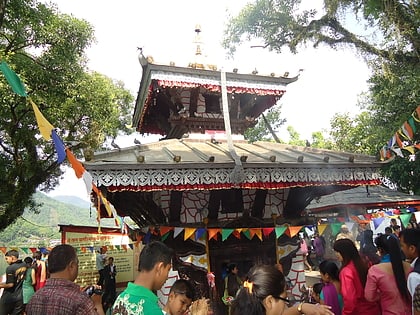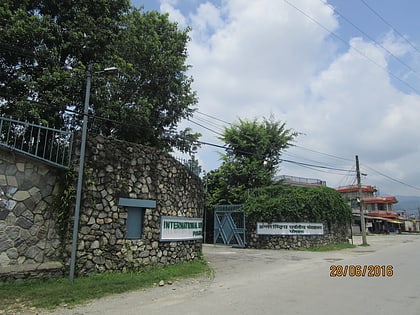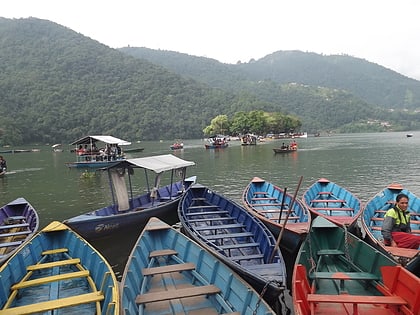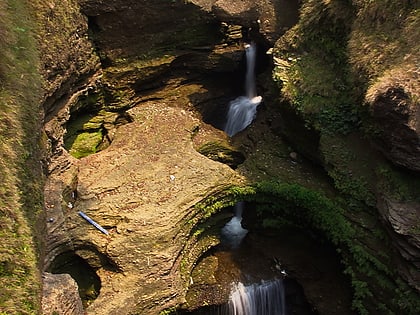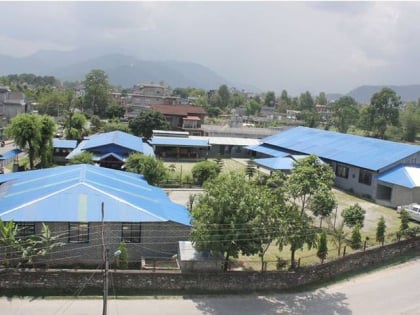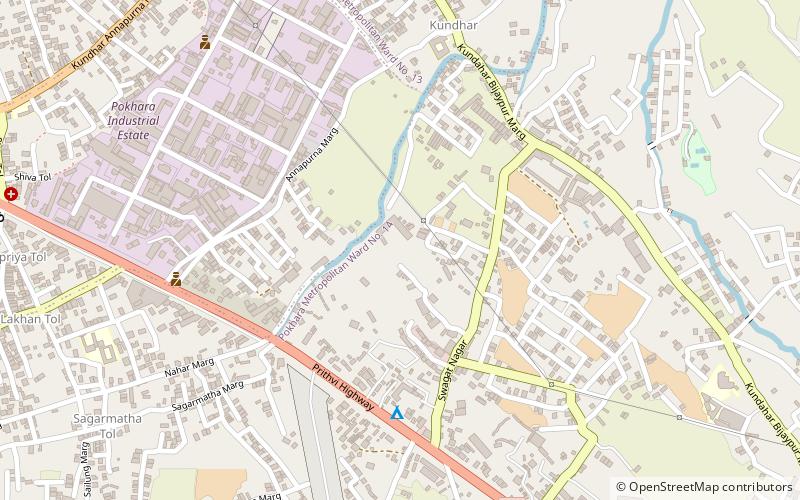Gupteshwor Mahadev Cave, Pokhara
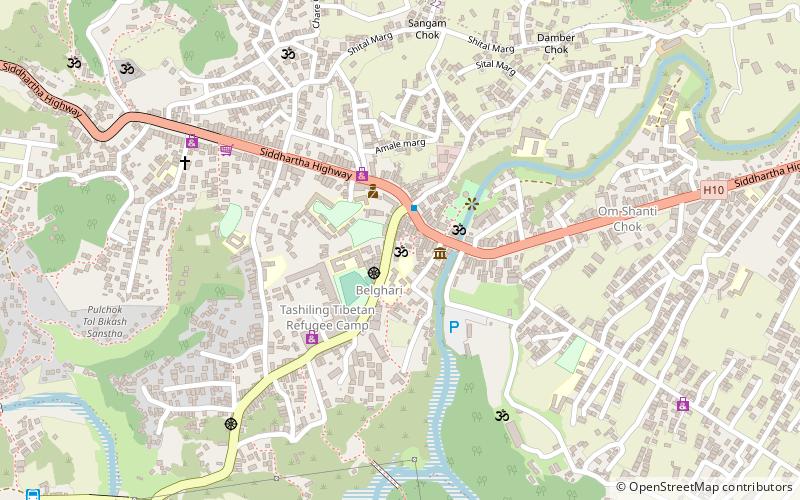

Facts and practical information
Nestled in the bustling city of Pokhara, Nepal, the Gupteshwor Mahadev Cave stands as a sacred sanctuary, revered by devotees and admired by tourists. This subterranean temple, dedicated to Lord Shiva, is a marvel of natural limestone formations and religious significance.
The cave's entrance is modest, belying the grandeur that lies within. As visitors descend into the cavern, they are greeted by an atmosphere steeped in devotion and the cool, damp air characteristic of such geological formations. The cave stretches for almost 3 kilometers, though only a portion is accessible to the public.
Inside, the centerpiece is a naturally formed Shivalinga, a symbol of the Hindu deity Shiva, which becomes the focal point for worship, especially during the festival of Shivaratri. The cave is also known for its close proximity to the thunderous Davis Falls, with the underground water from the falls passing through the cave system, adding to the spiritual ambiance with its continuous murmur.
The Gupteshwor Mahadev Cave is not just a religious site but also a destination for those intrigued by spelunking and geology. Stalactites and stalagmites decorate the cave, having been sculpted over centuries by mineral-rich water dripping from the cave's ceiling.
Open to visitors throughout the year, the cave offers a respite from the heat in the summer months and remains relatively warm during the cooler winter season. The temple area within the cave is well-lit, ensuring safety for worshippers and tourists alike. However, the deeper parts of the cave can be dark and slippery, requiring careful navigation.
Gupteshwor Mahadev Cave – popular in the area (distance from the attraction)
Nearby attractions include: Phewa Lake, Ratna Mandir, Tal Barahi Temple, International Mountain Museum.
Frequently Asked Questions (FAQ)
How to get to Gupteshwor Mahadev Cave by public transport?
Bus
- Chhorepatan Bus Stop (9 min walk)
- Bus Stop (15 min walk)
